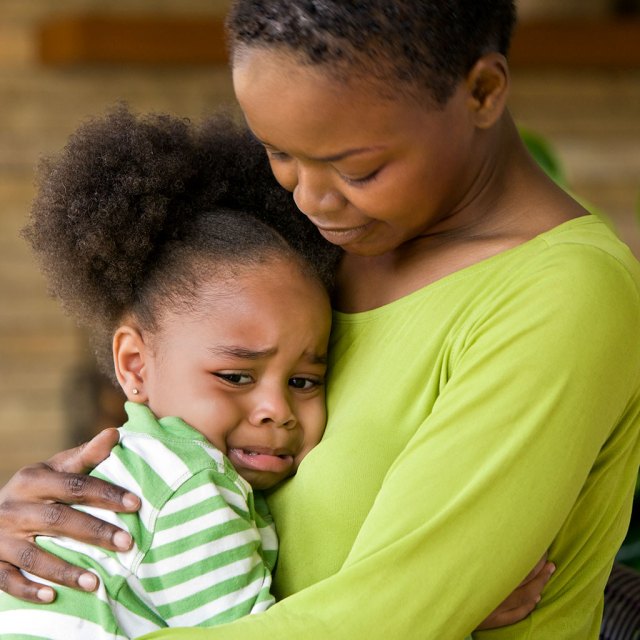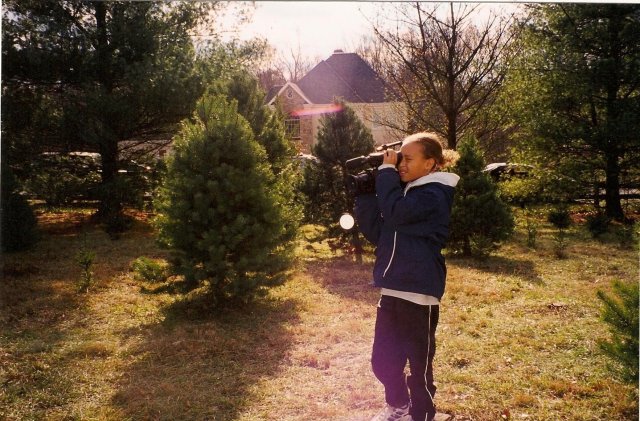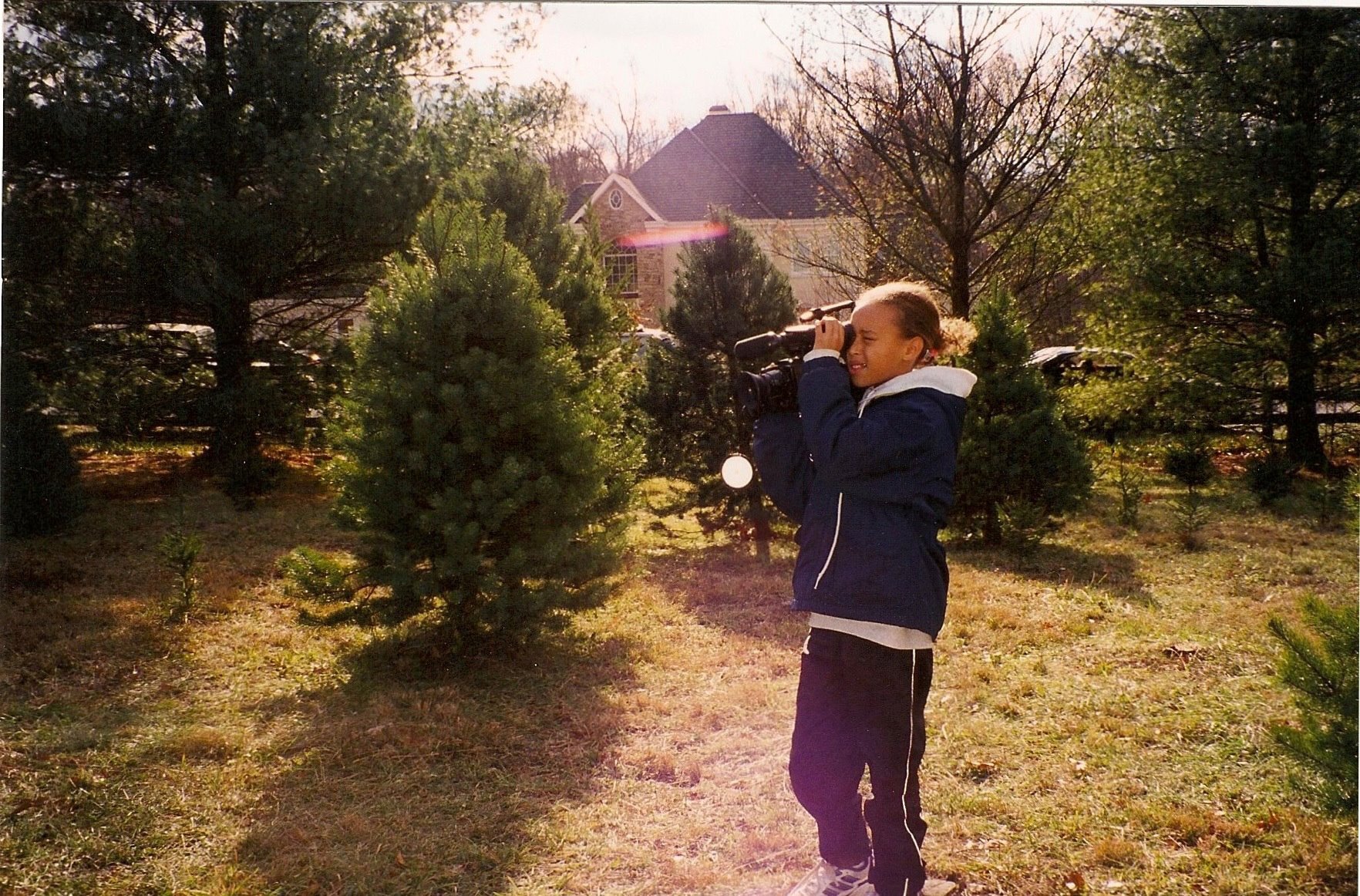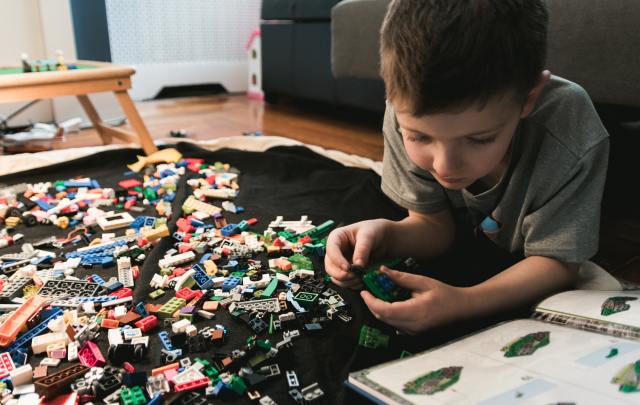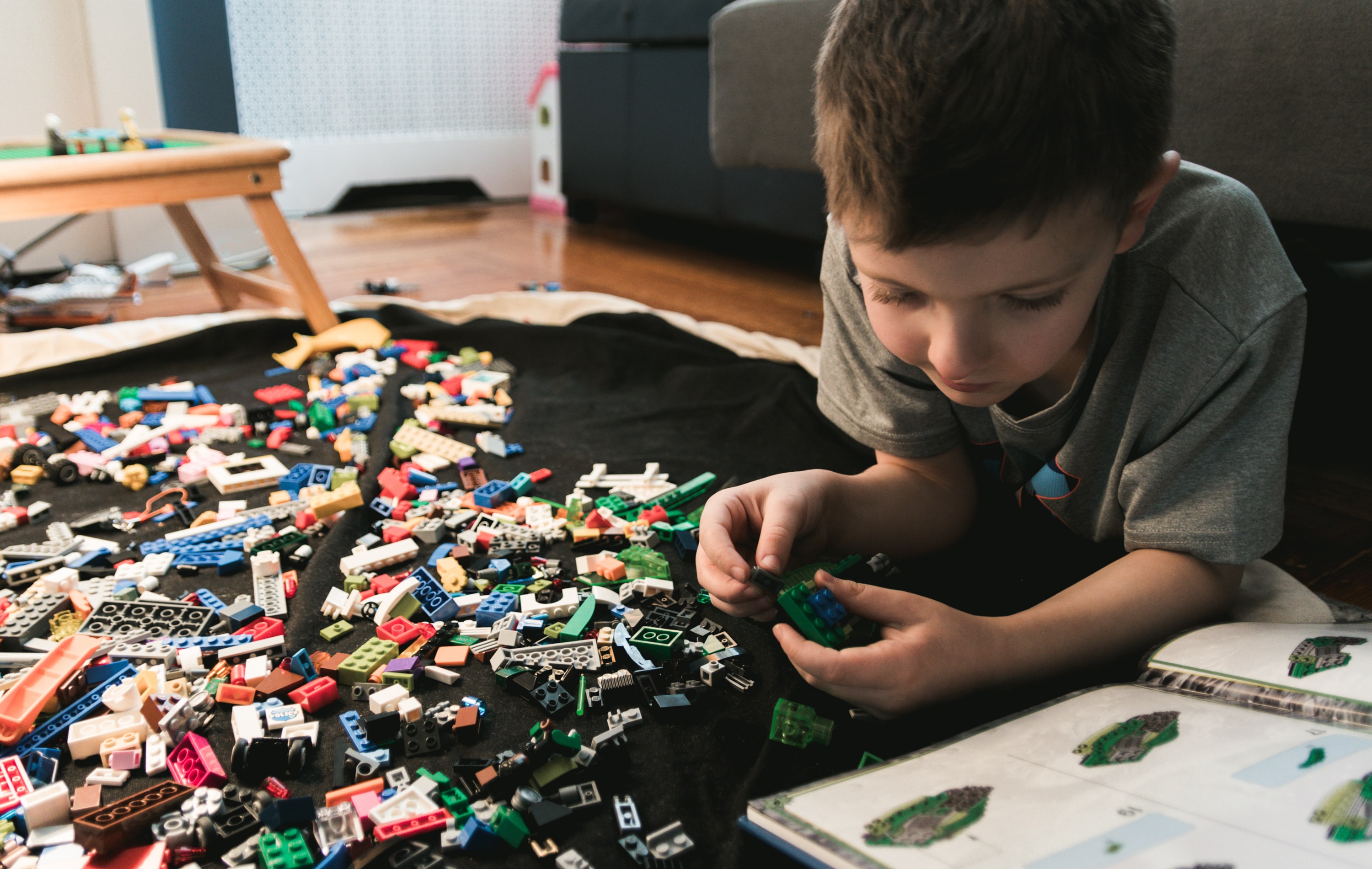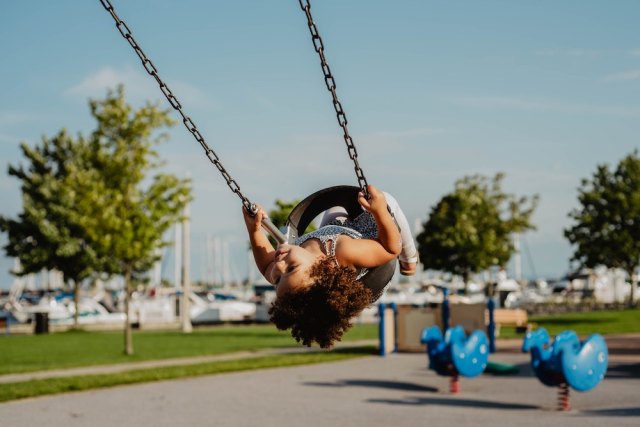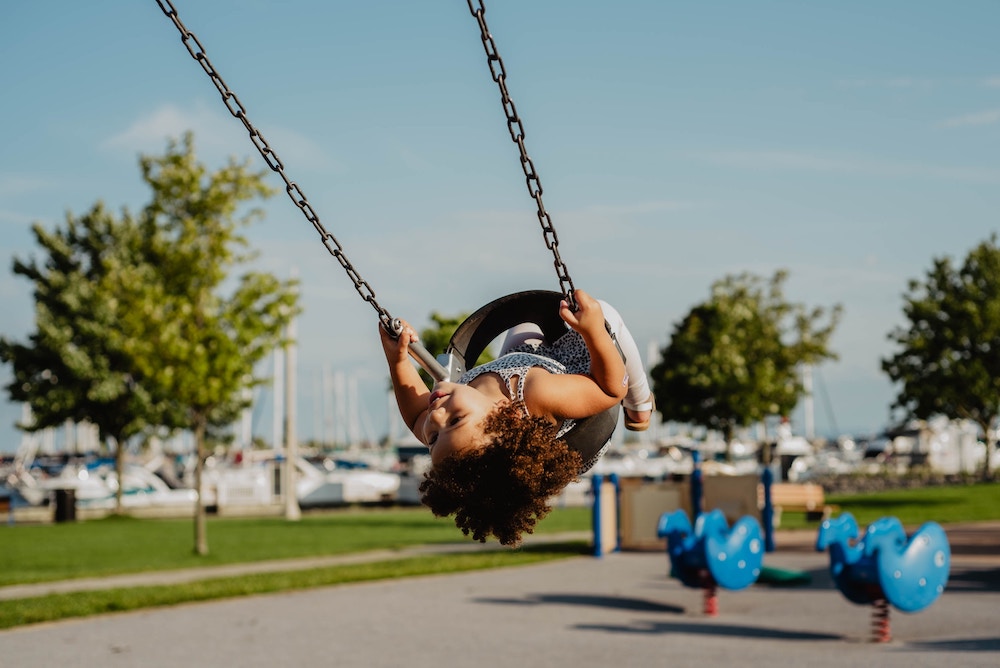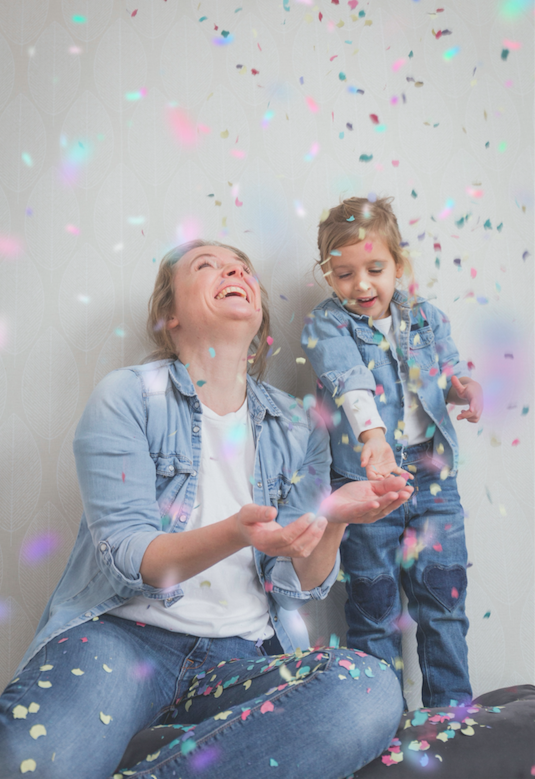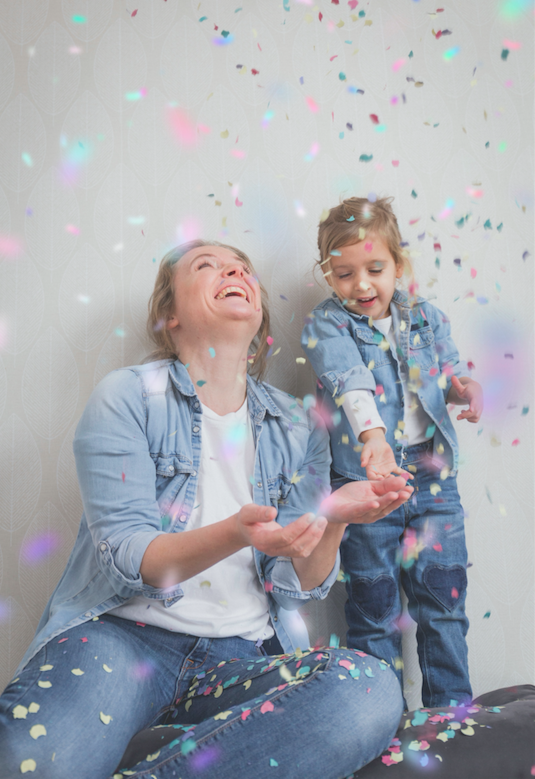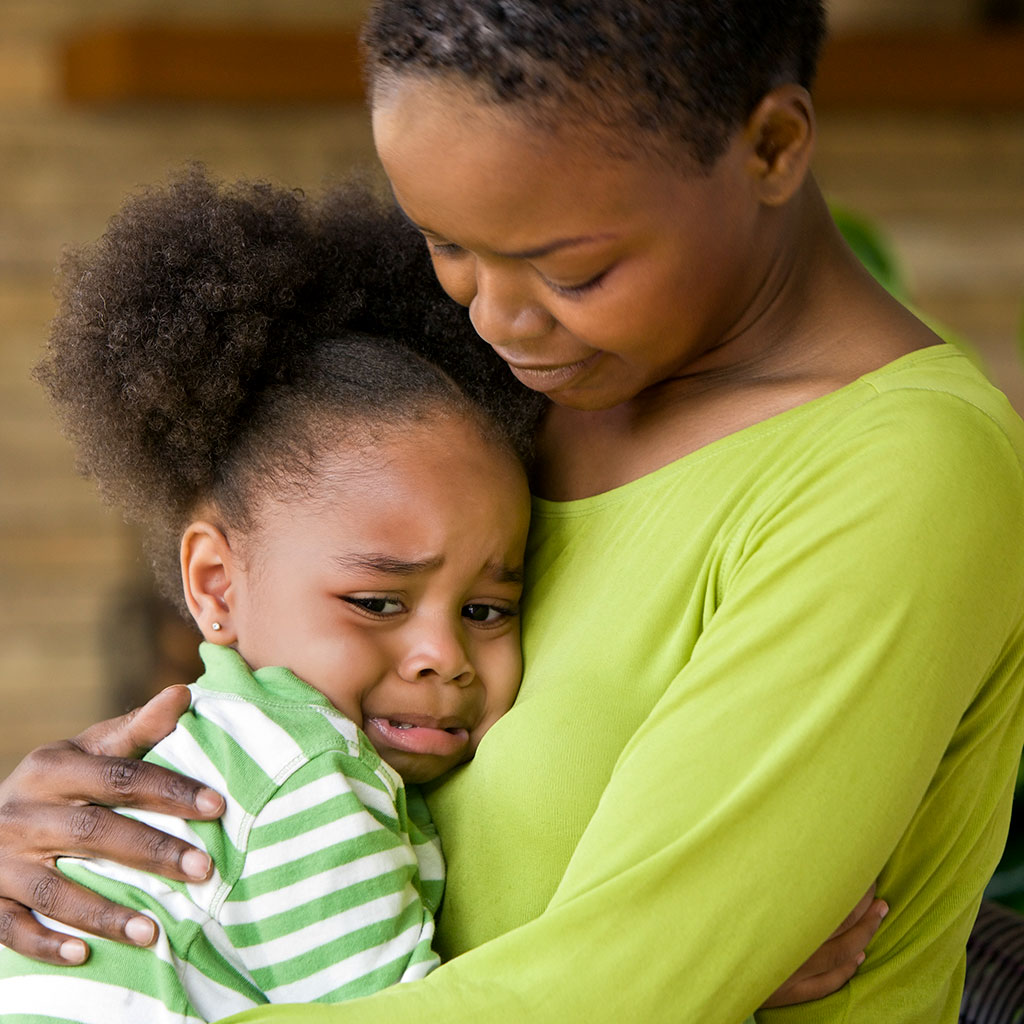
Occasional feelings of anger and frustration are normal, especially during stressful times. Learning to manage those big feelings is an essential part of SEL.
During the COVID-19 pandemic, many children are facing new challenges such as online learning. In addition to the ordinary school challenges such as making friends and learning multiplication tables, children face tech problems like weak internet and login troubles. All this can easily lead to moments of anger and frustration.
Research in SEL provides guidance in how to help children understand and manage their big emotions. Self-awareness is a foundation of SEL. According to Greater Good in Education, a project by the University of California at Berkeley, self-awareness is the ability to be aware of one’s inner life. This includes one’s emotions, thoughts, behaviors, values, preferences, goals, strengths, attitudes, and mindsets, as well as how these elements impact behavior and choices.
In short, when we can name and understand our own emotions we are better able to develop strategies for managing strong feeling in productive ways.
Let’s look at five key strategies for self-awareness that are frequently cited in SEL curricula: Name your feelings, practice calm breathing, take a break, try one thing, and reflect on what happened.
Name Your Feelings
When your child is angry or frustrated, try to help them put their feelings into words. Ask, “How are you feeling right now?” If they are not able to answer, offer some options, such as, “I wonder if you’re feeling frustrated?”
Words to offer younger children might include: mad sad tired hungry grumpy
Older children may understand and choose more complex words such as: angry hurt enraged annoyed furious confused embarrassed irritated offended
Sometimes children are too upset to speak. Pointing to a picture on a feeling chart or in a children’s book such as Glad Monster, Sad Monster is also a good way to communicate feelings.
Another helpful strategy parents can try is describing what you see. “I see that you are covering your face with your hands,” or “I see that you’re kicking your chair.” Affirm that everyone has big feelings, but set clear limits if your child is acting in a way that could be dangerous. “It’s OK to be angry. It’s not OK to hit.”
When your child has been able to express how they’re feeling and those feelings have been affirmed, your child will be better able to calm down and move forward.
Practice Calm Breathing
Mindfulness practices help both adults and children feel calm. Belly breathing is a simple technique that even very young children can learn. This simple practice involves taking deep breaths that engage the large muscle in our bellies called the diaphragm.
Teach your child to practice belly breathing at a time when they are relaxed. Once they have had a positive experience with belly breathing, they will remember what that felt like. When they are upset and practice belly breathing, their body will already know what it feels to become calm and breathe deeply.
To practice belly breathing:
- Have your child lie down on their back, relax their muscles, and place their hands (or balance a small toy) on their belly.
- With their mouth closed, have your child breathe in for about four seconds, feeling their chest and belly rise and fill with air (or the small toy will rise).
- Have your child hold in the air for about four seconds
- Have your child slowly blow out all the air through their mouth. Repeat until the body feels relaxed.
You may enjoy practicing belly breathing with your child. For the greatest benefit, practice this technique every day. It only takes a few minutes.
Take a Break
If your child is feeling frustrated during remote learning, encourage them to take a short break. This can be difficult to do during a live lesson when students are expected to be logged in and visible on camera. Yet sometimes we all just need to step away from the source of our frustrations.
Check-in with your child’s teacher and find out the expectations and options for student participation during different types of lessons. Help your child plan in advance for different ways they can take care of themselves when they’re feeling frustrated during class, such as standing up, stretching, and walking around the room.
Movement relieves stress. Encourage your child to take a walk, throw a ball, or knead a lump of clay when they are feeling strong emotions.
Try One Thing
Once your child has identified their feelings and taken a positive step toward calming down, they may be ready to try to solve the problem that caused the stress in the first place.
Perhaps your child is frustrated because they can’t find the link to a website they need for an assignment. Ask your child, “What’s one thing you could try?” If your child is too young or too frustrated to come up with their own idea, offer a few suggestions and ask them to choose one to try. For example, you might say, “Here are two ideas: You could look through your notes and see if you can find the link. Or you could email your teacher and ask for help. Which idea do you want to try?”
The important thing is to help your child make a choice and move forward.
Reflect on What Happened
When the problem has been resolved and your child is feeling calm again, help your child think about what happened. Ask open-ended questions such as, “If you could start the day over again, would you do anything different?” or “Now that you know how to fix that problem, how will that change the way you do things in the future?” These reflective conversations can help your child become a better problem-solver.
These are just five tips for helping your child when they feel big feelings like anger and frustration. The most important thing you can do as a parent is listen to them and affirm their feelings. Over time, as your child grows and matures, they will develop their own strategies for managing strong emotions.
Sources
Greater Good in Education, “SEL for Students: Self Awareness and Self-Management,” [n.d.]
PBS Kids for Parents, “Practice Mindfulness with Belly Breathing,” [n.d.]
Perris, Jaime, “Beginning Mindfulness Practices for Families,” 2020
Learn More
Center on the Social and Emotional Foundations for Early Learning
Collaborative for Academic and Social and Emotional Learning
Perris, Jaime, “Your Family’s Guide to SEL,” 2020
